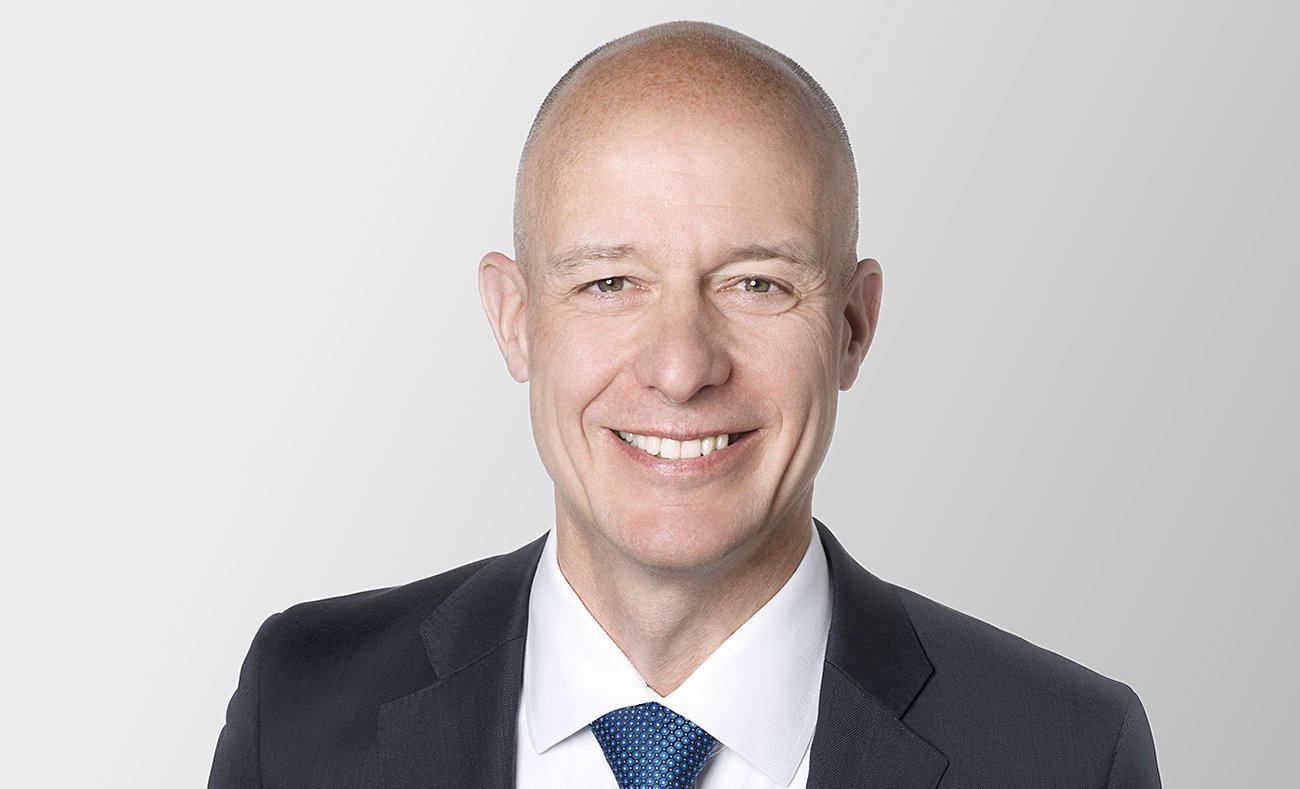Frequently Asked Questions: How does the fee model at ZWEI Wealth work?
ZWEI Wealth is a completely new model. Accordingly, there is a need to explain how it works in detail, which we will summarise for you by answering the most frequently asked questions. Today, Paul Stäheli explains how ZWEI Wealth's fee model works and why you, as a client, can reduce costs despite additional fees.

ZWEI Wealth is a completely new model. Accordingly, there is a need to explain how it works in detail, which we will summarise for you by answering the most frequently asked questions. Today, Paul Stäheli explains how ZWEI Wealth's fee model works and why you, as a client, can reduce costs despite additional fees.
Question: Are costs relevant in asset management at all? Shouldn't you rather focus on good services and good returns?
Paul Stäheli: I absolutely agree with you. At ZWEI Wealth, we firmly believe that the client should avoid looking only at costs. A good banking performance, a good asset manager also has its price. However, there are two good reasons why it is essential to include the costs. First, one can certainly claim that today's cost levels are very high or too high. Secondly, due to the compounded interest effect, the influence of fees over a long investment horizon is very relevant.
If I pay ZWEI Wealth for the advice and at the same time continue to pay the fees to the bank and the financial advisor, surely it will be more expensive overall?
Not at all. You do incur additional costs with ZWEI Wealth. But these are more than offset by savings in the asset management and the bank. Until now, customers have generally received a limited offer from a bank or an asset manager from a single source. However, ZWEI knows the most attractive offers on the market and enables customers to combine them freely. Because instead of paying everything with an all-in fee for all services, they only pay for what they need and have the best possible offer.
How is that possible? Can you explain this to me using a concrete example?
Most investors underestimate the savings potential in asset management and its positive effects on returns. Today, the average client is charged more than 2% per year when including every fee layer. With assets of 3 million, this is easily 60,000 Swiss francs in fees per year. If you now negotiate the same asset management services and choose the most attractive services from the bank and the asset manager and, for example, eliminate redundant product costs, this rate is reduced to about half. In the above example, this is 1% or CHF 30,000 per year. If the current consulting costs of 0.35% for ZWEI Wealth are added, the total annual costs amount to CHF 40,500. The total costs are then CHF 19,500 lower than before ZWEI Wealth provided and charged its services. Projected over an average investment cycle of 8 years, the savings in this example amount to over CHF 170,000, including all costs of ZWEI.
However, this is at the expense of returns or risk management. If I save costs, I will probably receive a worse service or only have access to an inferior portfolio manager?
Unfortunately, that is also a misconception. In asset management, the "high price equals good performance" mechanism does not work today because the necessary data for a transparent assessment is lacking and clients hardly conduct any comparisons. This means that there is hardly any competition which leads to a strange situation: as an investor, you can get much better services at significantly lower prices. In response to your question, this not only means lower costs, but also a significant increase in expected returns and services.
ZWEI Wealth distinguishes between three modules - plan.find.control. If I add these together, however, the costs for ZWEI Wealth's services alone amount to almost 1%.
The service modules are never running in parallel. This means that the customer pays either for plan. or for find. or for control. These are designed in such a way that they can run individually or in phases one after the other. If you already know your requirements well and are looking for a good asset manager, you need the one-off service find. Anyone who wants everything from investment regulations to ongoing monitoring to be set up anew will select all three modules one after the other. As an example: experience has shown that the development of an investment regulation (plan.) takes around 2-3 months. The whole process for the tender takes another 1-2 months and includes a 6-month monitoring of the results. Only then does the customer select the appropriate service level for control.
In asset management, prices are traditionally charged as a percentage of the assets under management. The expense is probably not much greater, whether a portfolio has 1 or 5 million assets. Why doesn't ZWEI Wealth also put an end to this old approach or at least apply a different price structure for itself?
We have studied the different price models and tested them with clients. A flat fee as a percentage of the assets has proven to be the most suitable both for the client and for the advisor and prevents false incentives as far as possible. Why? Firstly, asset management/advice is about achieving the best possible net result for the client and not charging for as many hours as possible. Secondly, the added value for the client must be comprehensible and measurable, which can best be achieved through a ratio of costs to returns. We are therefore firmly convinced that the problem is not the percentage of assets charged, but rather that the price levels applied are often far too high and do not correspond to the added value.
If you have further questions – please contact Paul Stäheli directly at paul.staeheli(at)zwei-we.ch or 043 299 22 25.